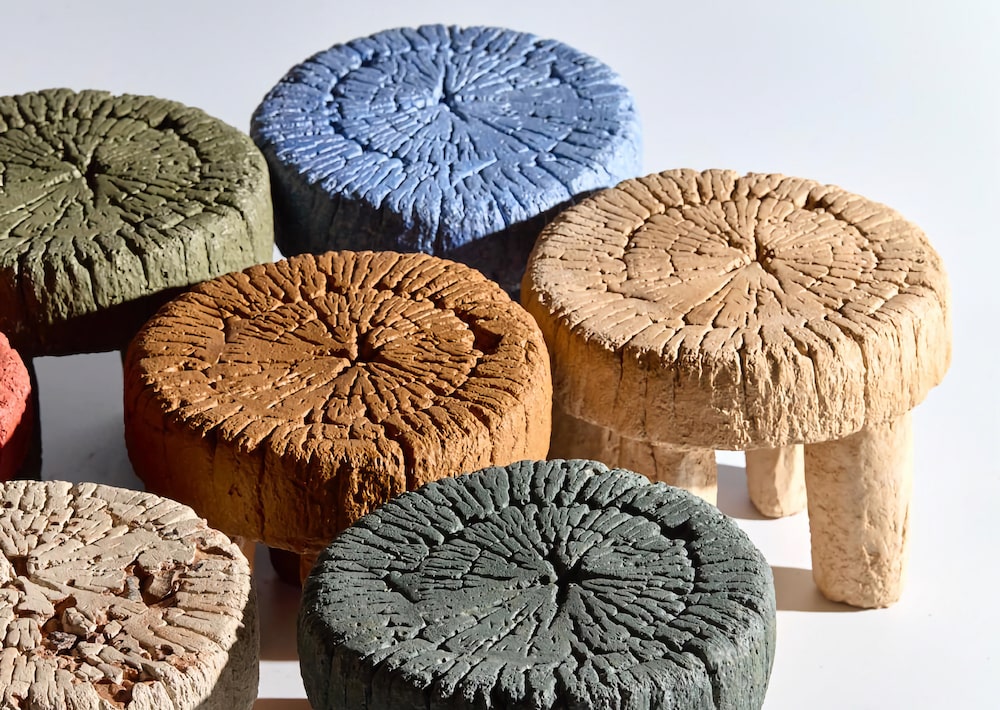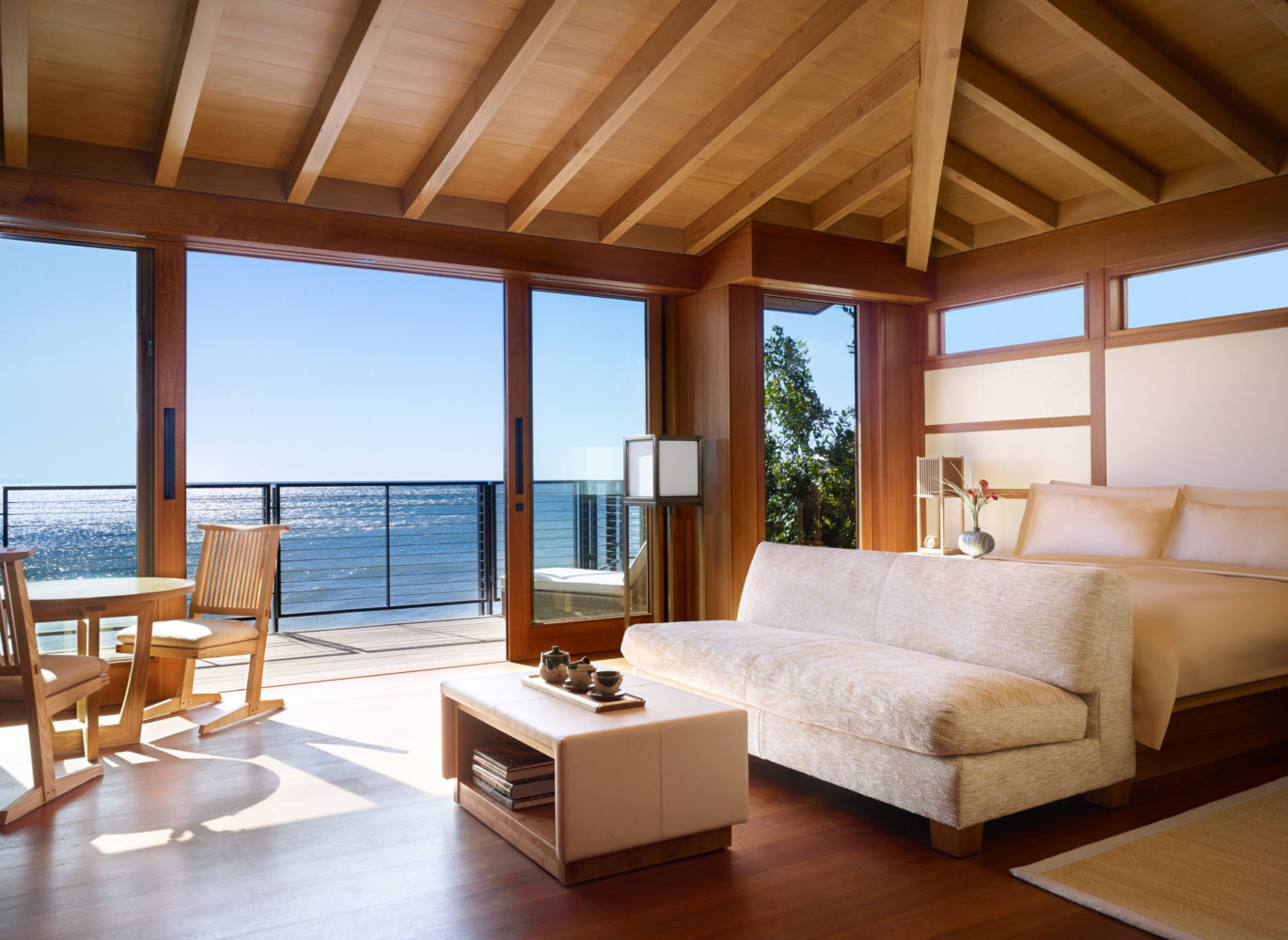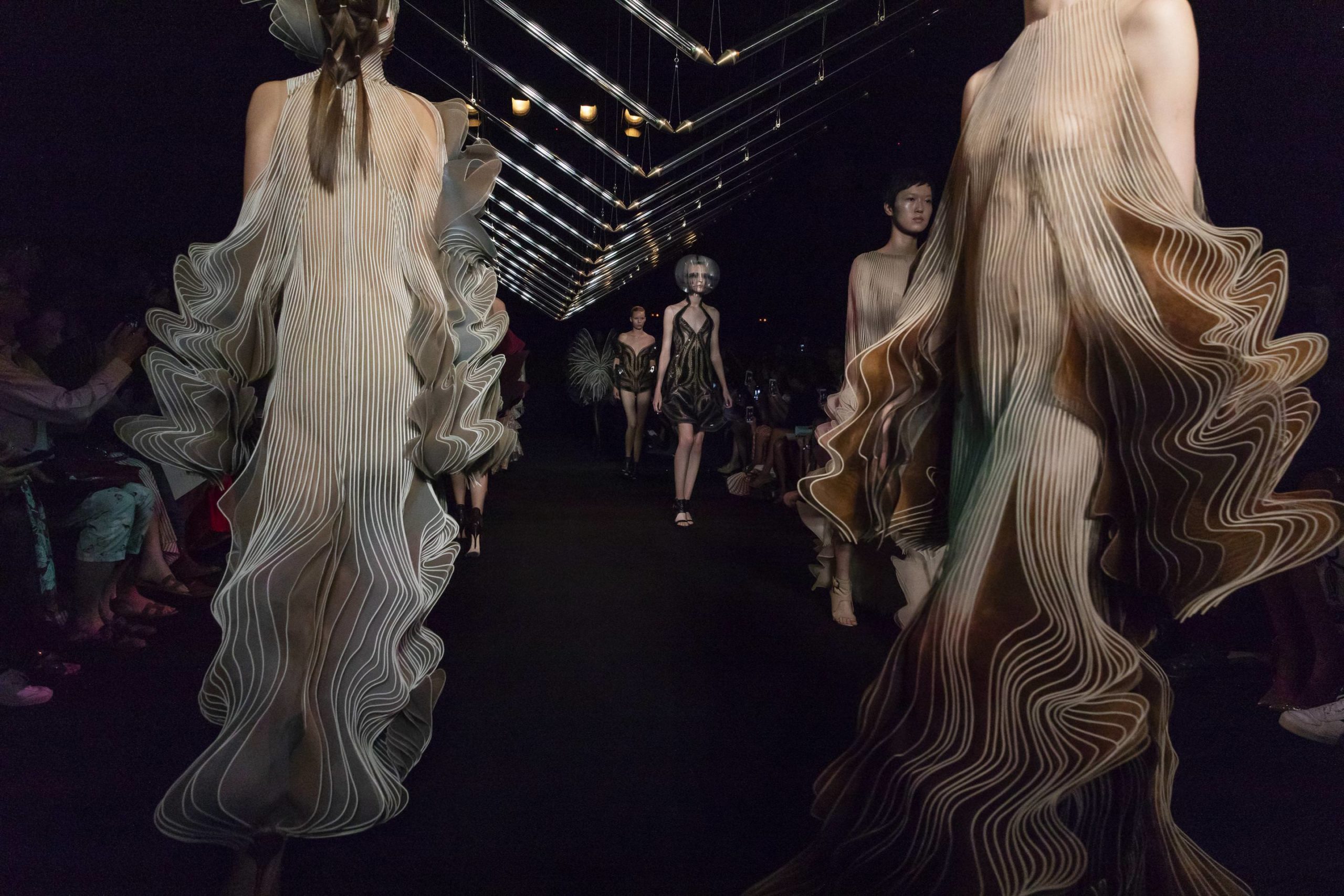On a misty August afternoon on the Northern California coast, The Macallan joined Bentley to unveil their first collaboration, an elegant amber bottle of Macallan Horizon shaped in a quixotic 180-degree twist. The bottle materials are an exercise in sustainable design, sourced from recycled copper taken from a former distillery, aluminum refuse from Bentley manufacturing, recycled wood, recyclable glass, and carbon-neutral leather. It holds the rare special single malt whisky developed by Master Whisky Maker Kirsteen Campbell inspired by her visit to Bentley Motors in Crewe, England.
Whitewall spoke to Jaume Ferras, Global Creative Director for The Macallan about what it means to steer a historic Scottish brand into the future and how he approaches creative collaborations across from work with artists to like-minded brands like Bentley.
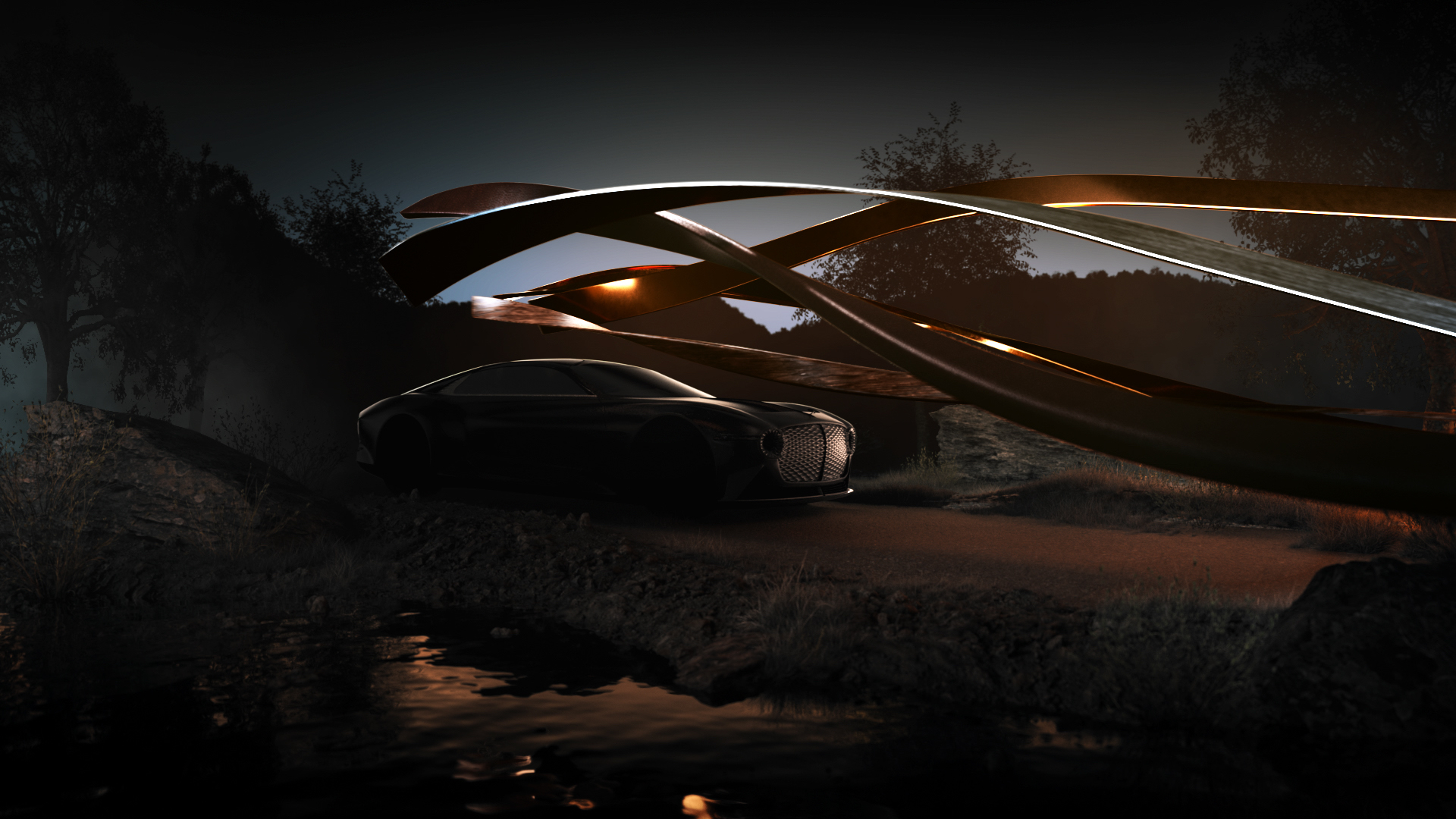
Courtesy of The Macallan and Bentley.
WHITEWALL: Tell me a bit about your philosophy. How do you take a historic brand forward? And how do you think about innovation in that way?
JAUME FERRAS: You have the responsibility of a very old brand with lots of tradition, lots of heritage, and a huge legacy that has been given to you. The products that we sell today were distilled and created decades ago, so you receive a huge legacy that you can play with. You have the responsibility to leave this legacy better for the next generation to come after you.
WW: Now you have new processes at work?
JF: Technology is kicking in so quickly. We are able to recycle materials. We’re able to design things that, in the past, we couldn’t even make at all. It’s combining this craftsmanship and tradition with technology and future thinking. We feel the responsibility because if we don’t do it, we’re going to be left behind. What kind of legacy are we going to leave for the next generation?
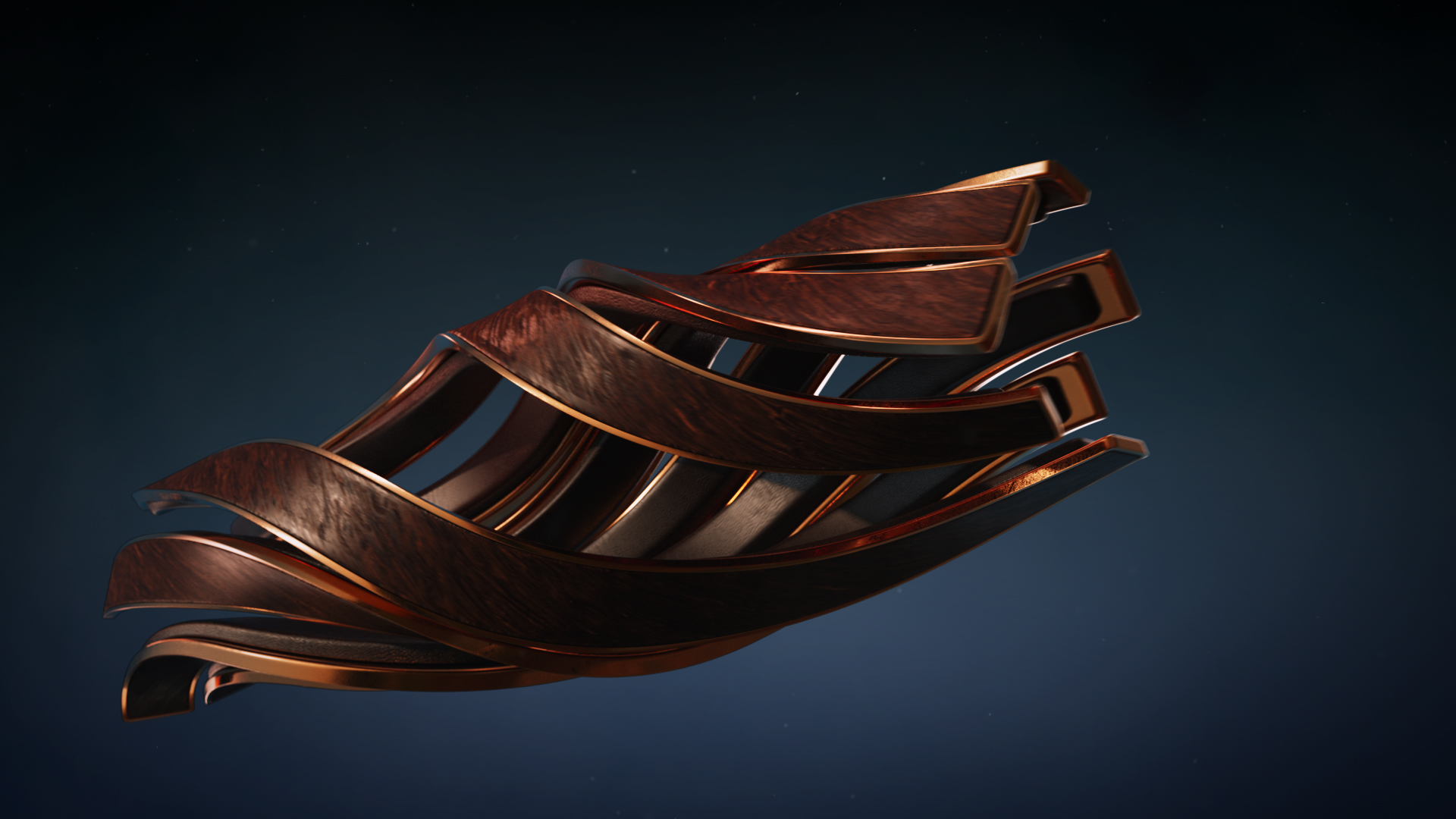
Courtesy of The Macallan and Bentley.
WW: What is the process for designing a new product?
JF: We have a big archive and we tend to find a source of inspiration. It’s just an idea, sometimes a word, a document. We have an idea, and we design it. What has changed now is that this design can be more complex than it used to be. We can manufacture things in a very different way than we used to. For a brand that wants to be sustainable, we are surrounded by nature. Recycling materials is something we’ve never done before. We can do that and that changes aesthetics, that changes the processes, that changes the sourcing, and that changes the story.
WW: How does recycling come into play in the development of the product or the bottles?
JF: We use a lot of things from nature. When we make casks you need a tree. And this tree needs to be cut and you create the cask, but once you’ve used the cask, what do you do with it? We’re able to repurpose this cast and packaging out of it. The water that we use gets recycled. All the battery power that we use goes to a biomass plant that pumps energy back in. For half of our history, our major income was coming from agriculture and farming. Two centuries ago, sustainability was not a thing, but efficiency in farming was something crucial because farmers didn’t want to spend too much money on things to make sure they had enough margins—same with agriculture. In the world of designing products now, the fact that you can recycle and bring a story back in is very important. Now we can do that.
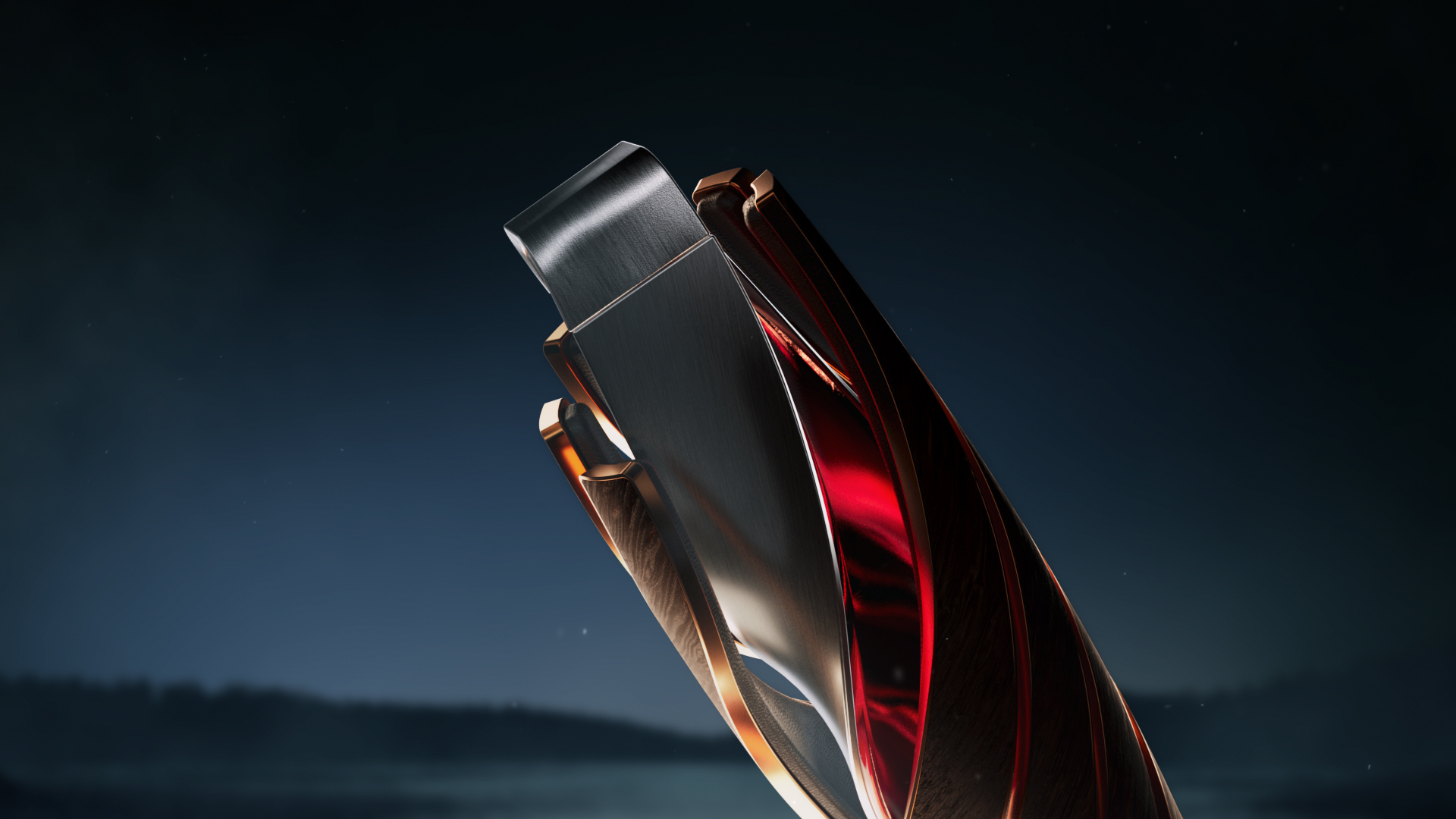
Courtesy of The Macallan and Bentley.
WW: Are there a couple of stories that kind of stick out to you in the history? You mentioned a huge archive?
JF: Our first collaboration was between Scotland and Spain, and the Spanish bodegas. The castle we use resulted in casks. Back in the late 19th century, the brand realized that certain types of wine in certain types of casks were delivering different characteristics in the whiskey. The brand started to talk to Spain’s bodegas. In the late 19th century, we were collaborating with another entity that is 3000 miles away—it was such a big thing. I think it’s one of the greatest stories because since this collaboration started, it has never ended. 1824 was our date of establishment when legally we could produce and sell alcohol. Before that, it wasn’t legal. When you look backward from that date, the fact that what we leave as a brand, the estate was set up in 1543. Our spiritual home, our house that appears as an icon, that building was was started in 1696 and ended in 1700.
WW: Tell me about the process of developing a new product, how do you get there, from production, you know, from concept to production? And have you changed that process to be more agile?
JF: We have an idea, and all our ideas have to be born from this DNA that gives us our identity. We quickly move to design, to see how it’s going to look, and to see what story we want to explain. We design graphically. Then we start talking with manufacturers and exploring how we want to do it. We were very pleased with the visual design, but it took us a long time to actually realize how we were going to make it. When we met Bentley, we understood the common values, language, and purpose. What we see today is one year of work to just create a prototype.
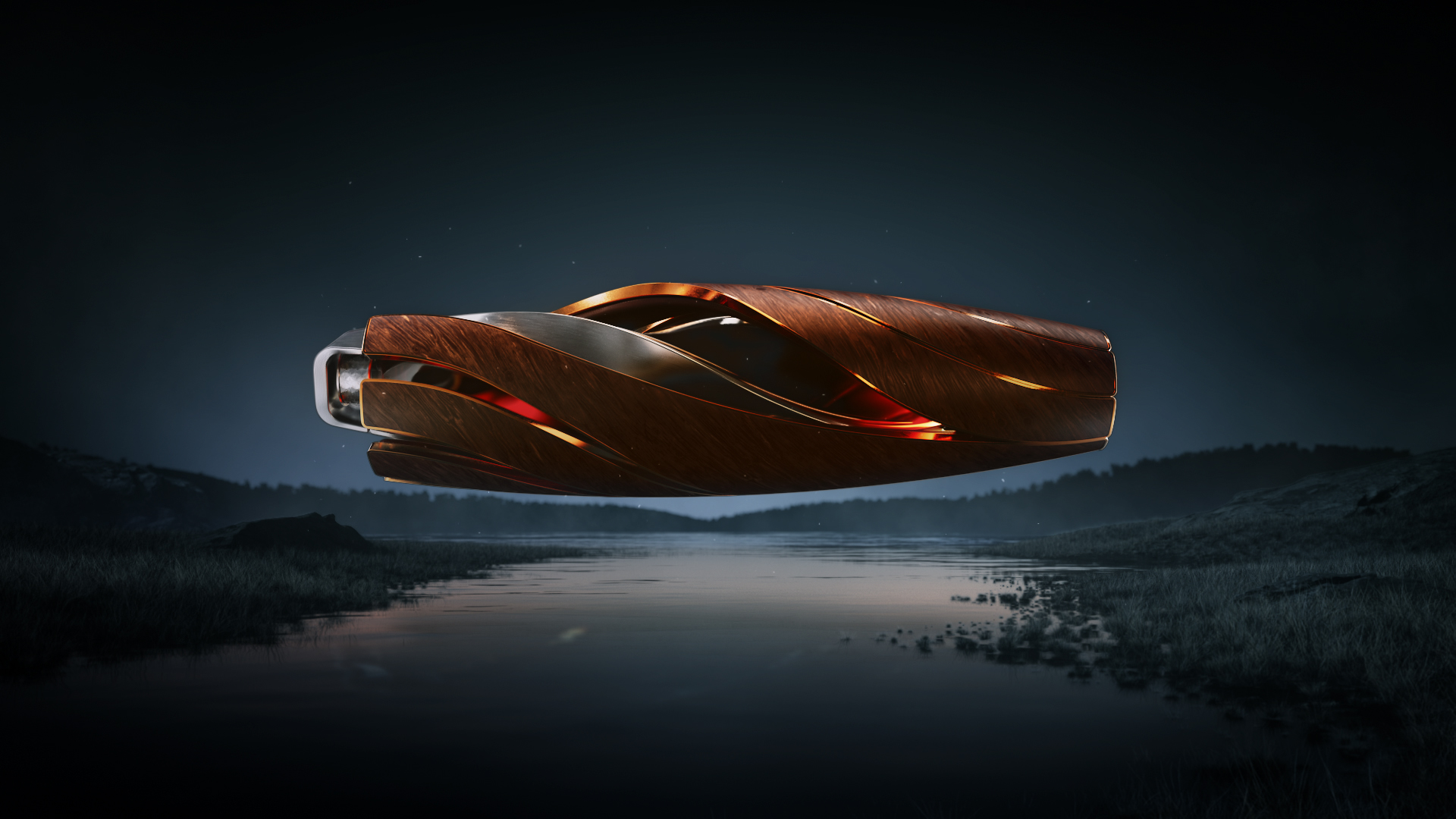
Courtesy of The Macallan and Bentley.
WW: What are some of the other collaborations that you’re engaged in working on?
JF: We have quite a longstanding collaboration with the Roca Brothers chefs. Bentley’s an important one for us. Photography is very important for us. We collaborate with photographers for specific projects. With Lalique, we’ve been working together since the early 2000s. They are masters of light. We’ve done lots of crystal decanters together with Lalique. The collaborations with the bodegas in Spain are the most meaningful of them all. We’ve learned about wine and we’ve learned about terroir, and we’ve learned about the meaning of seasons.
WW: What are some of your personal favorites?
JF: The photographers Tim Walker and Steve McCurry. We did a project with Nick Knight that we released a year ago that was very good. We worked with Annie Leibovitz on a campaign that we shot in New York. Steven Klein was very interesting, very provocative. Sometimes we will work with photographers that are more nature-based, like Mary McCartney. We just worked with her a year and a half ago. We like variety.
WW: Is it the same with film where you seek out directors that you really like and then commission films?
JF: The owner of the brand and managing director, president, and chairman from 1979 to 1996 was Allan Scott, who is a screenwriter, who wrote “The Queen’s Gambit.” In the ’60s, he introduced film to our brand. He was managing a whisky distillery, making movies, producing movies, and writing stories for Hollywood all at the same time. The two things were merged into one. With photography and film we feel very comfortable. It’s just part of who we are.
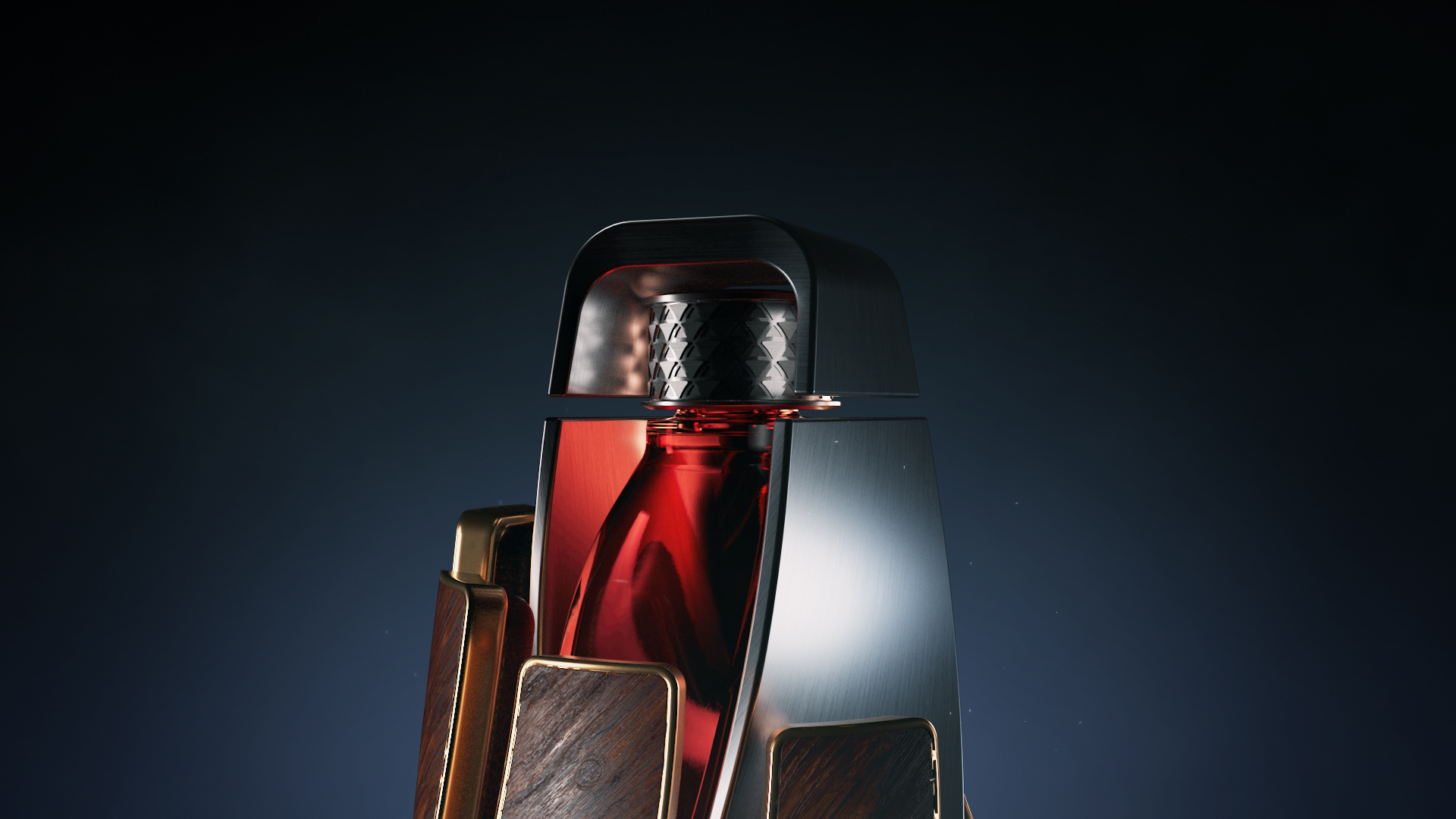
Courtesy of The Macallan and Bentley.
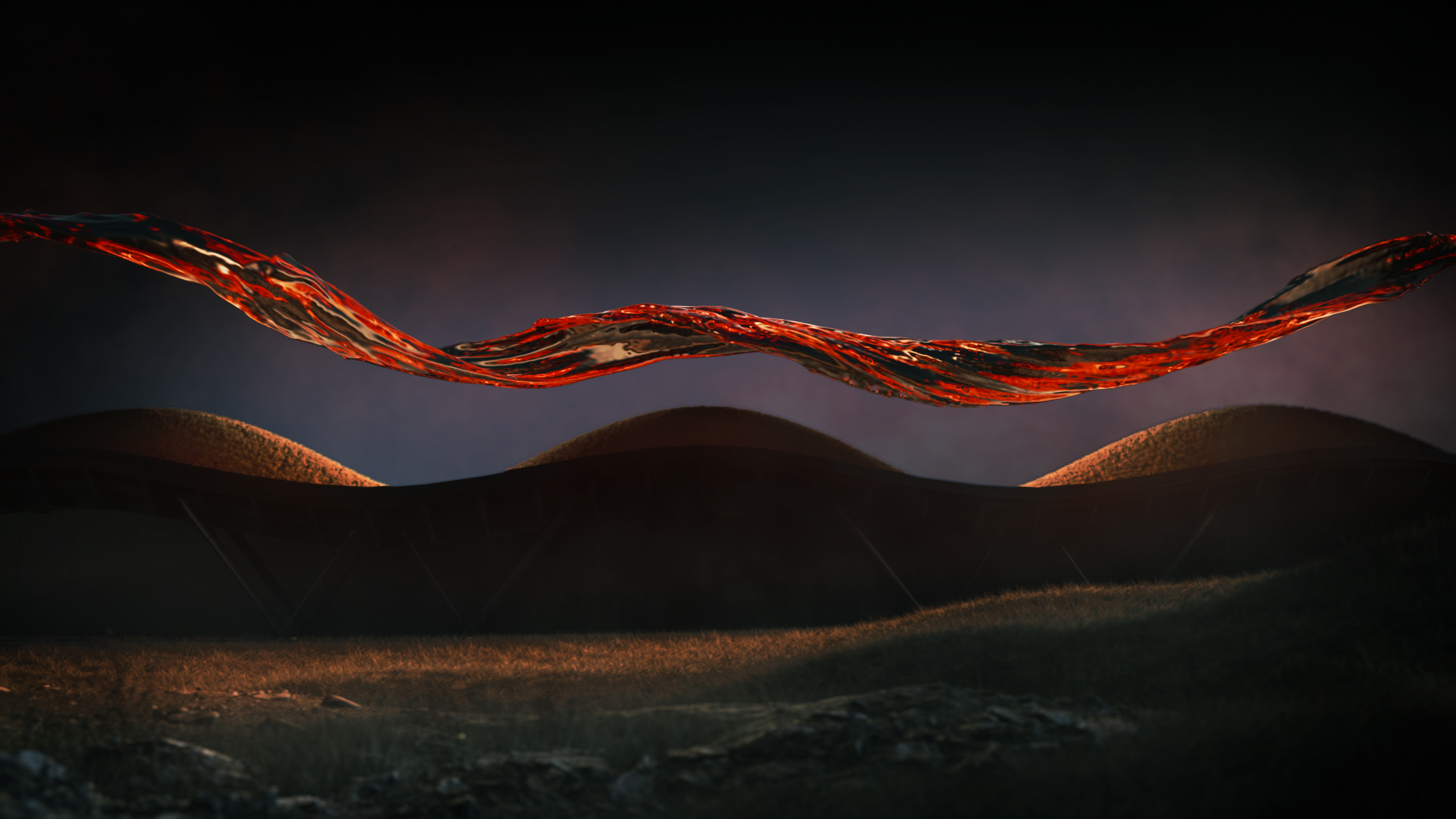
Courtesy of The Macallan and Bentley.




